Remember Anna May Wong, the first Chinese movie star in Hollywood? She should have won an Oscar

When we talk about the Chinese actresses who have achieved international recognition, the following names spring to mind: Nancy Kwan in The World of Suzie Wong (1960), Joan Chen and Vivian Wu in The Last Emperor (1987), Gong Li in Red Sorghum (1988) and Zhang Ziyi in Crouching Tiger, Hidden Dragon (2000). More recent blockbusters can elevate Fan Bingbing, Li Bingbing and Jing Tian to that select group.

The roll-call of Chinese actresses stretches all the way back to 1919 when a 14-year-old girl appeared as an extra in Hollywood movie Red Lantern. Anna May Wong is considered the very first Chinese-American to appear on a Hollywood screen, and the first to enjoy international fame.
Who has won the most Oscars ever in each category?
Wong made 50 films during her career, was a fashion icon and enjoyed such popularity that she graced movie magazines in North and South America, Europe, Australia, China and Japan. In another era, she would probably have won an Oscar.
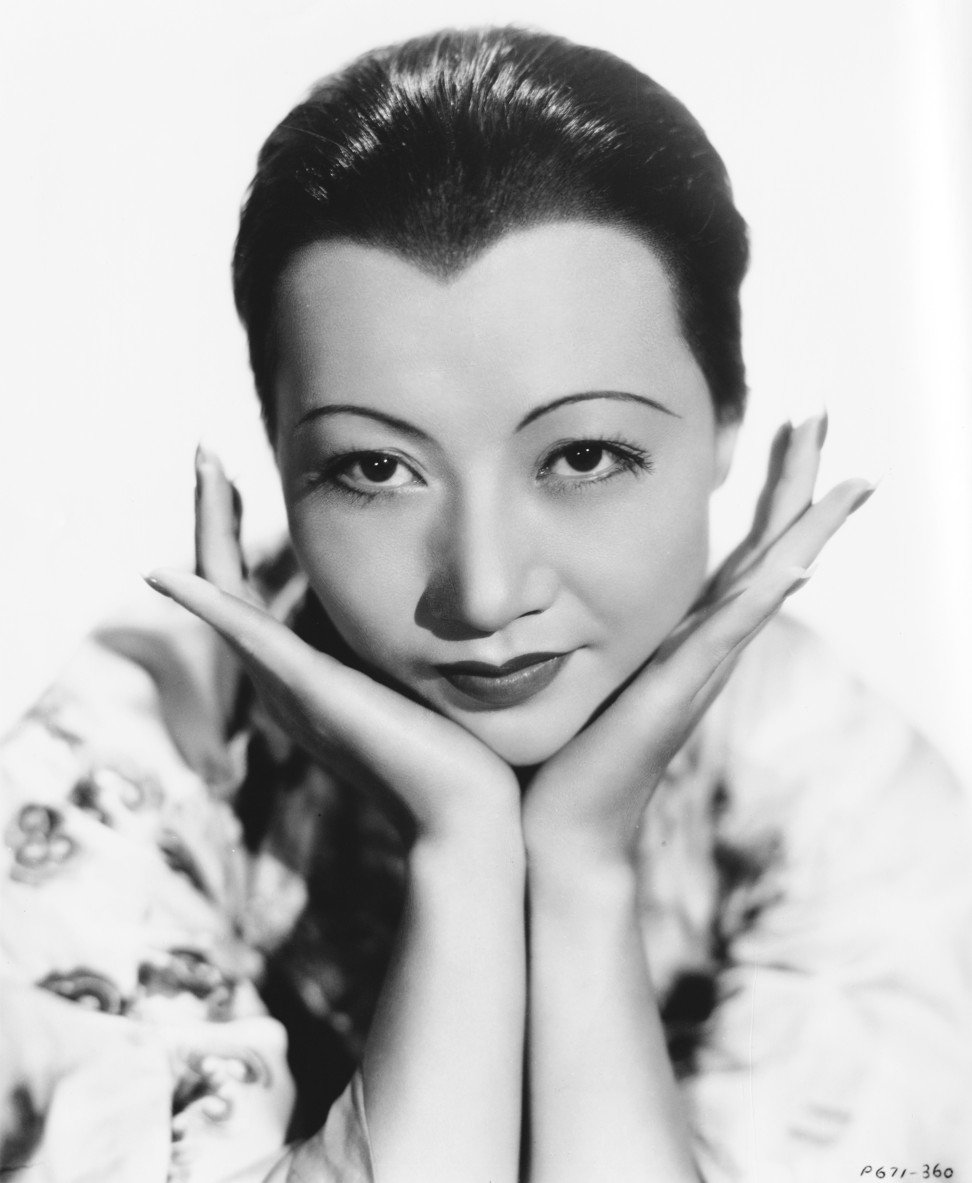
Sadly, she remained a controversial figure, largely overlooked by film historians and the Chinese-American community because her roles were often embarrassingly stereotypical.
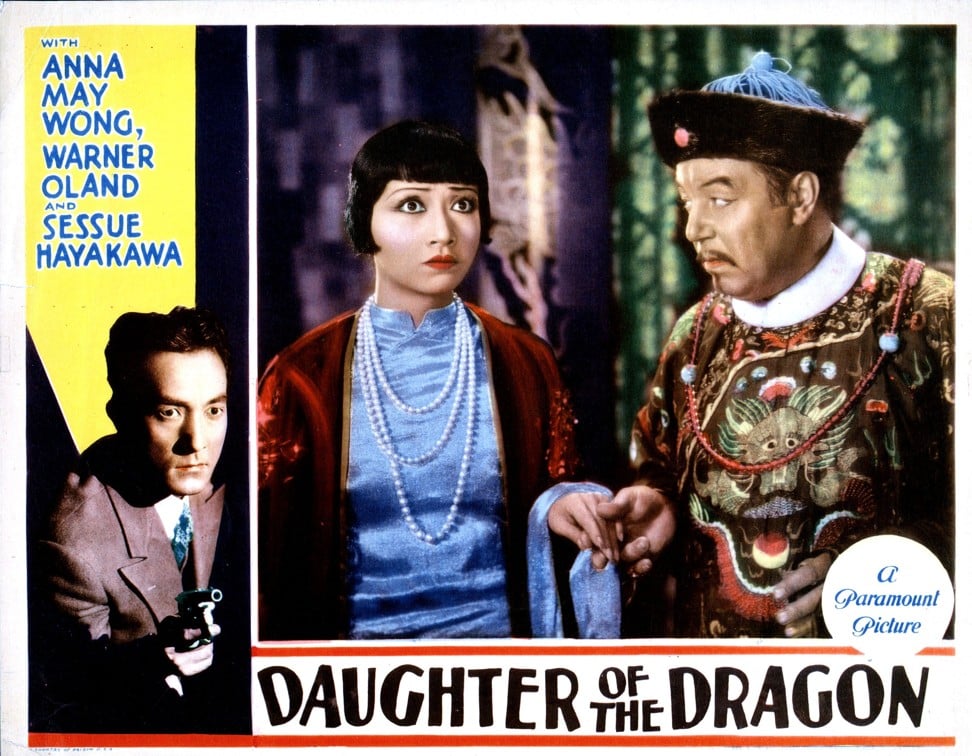
Hollywood played on her “American Orientalism”, while nationalist and later communist China criticised her for not portraying Chinese women in a positive light.
Wong, who was born in Los Angeles in 1905, was a third-generation Chinese-American. Her grandparents had lived in California since the gold rush in the mid 19th century.
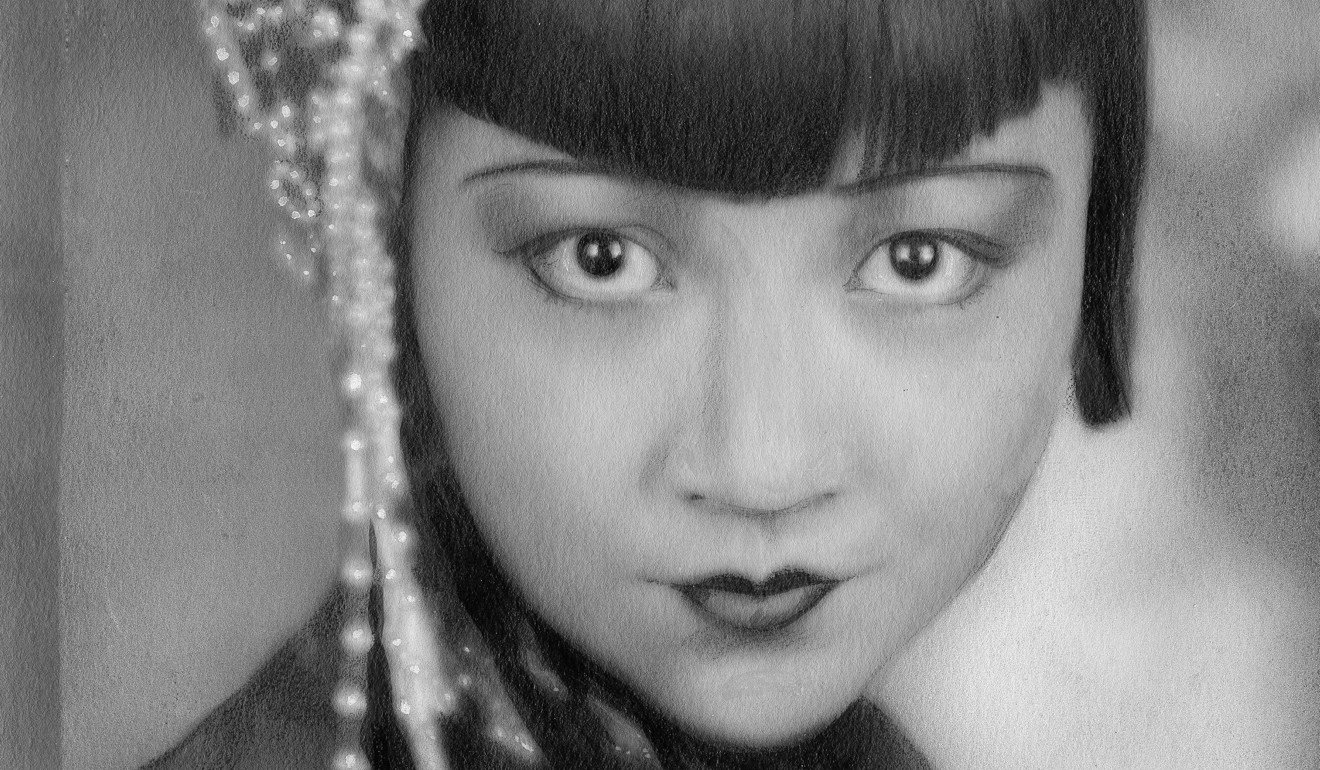
Growing up in Los Angeles, she grew to love the cinema from an early age, and earned the nickname CCC, or curious Chinese child, as she constantly begged filmmakers to give her a role in their productions.
After starting her acting career as an extra, Wong finally got her wish when she was 17. She was chosen to play the leading role in one of the earliest movies to be made in colour, The Toll of the Sea (1922), in which she acted as a Chinese woman, named Lotus Flower, who was spurned by her white lover and finally jumped into the sea and drowned.
Oscars 2020: the worst and best dressed celebrities on the red carpet
Film critics applauded Wong’s performance, catapulting her to stardom overnight.

Completely unconscious of the camera, with a fine sense of proportion and remarkable pantomimic accuracy, she makes the deserted little Lotus Flower a genuinely appealing, understandable figure. She should be seen again and often on the screen.
After that, Wong starred in movies such as The Thief of Baghdad (1924), in which she was cast in a supporting role as a scheming Mongol slave, a stereotypical “Dragon Lady” role.
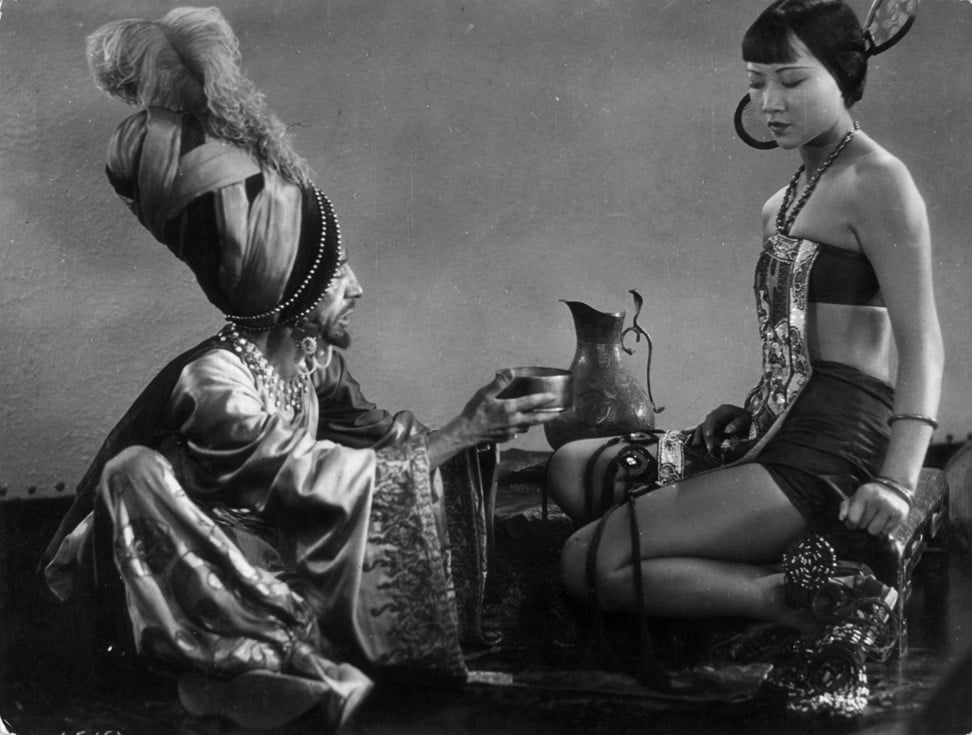
The movie made more than US$2 million at the box office that year, and was the pinnacle of Wong’s acting career.
5 things to know about Awkwafina, award-winning star of The Farewell
But she grew frustrated with stereotypical supporting roles, in which she was either cast as a villain and met a sticky end or was rejected by a white man and ended up sacrificing herself.
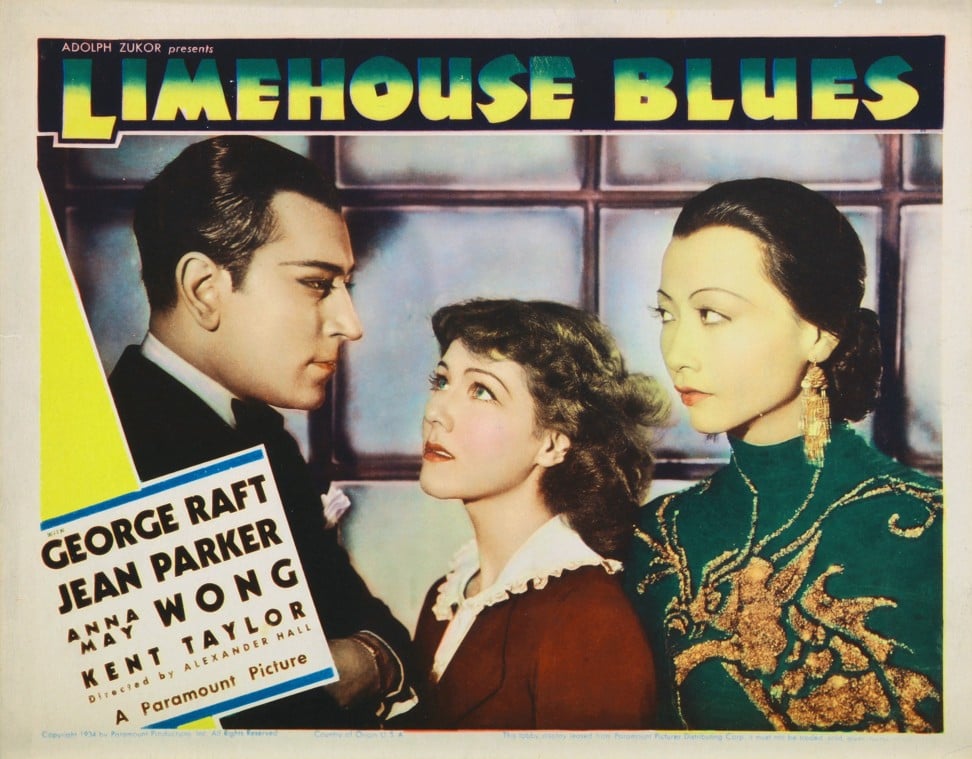
Laws which enforced racial segregation in the United States at the time threw another big obstacle in the way of her career advancing. She was not even allowed to share an on-screen kiss with a person of another race, which made it impossible for her to get any of the leading roles in Hollywood movies.

I was so tired of the parts I had to play. There seems little for me in Hollywood, because, rather than real Chinese, producers prefer Hungarians, Mexicans, American Indians for Chinese roles.
The disheartened actress left Hollywood for Europe in the late 1920s, where she had meatier roles in several plays and films, such as Piccadilly (1929). She spent her first half of the 1930s travelling between the United States and the Europe for film and stage work.
Q&A: Henry Golding talks Last Christmas and Crazy Rich Asians
In 1935, Wong suffered the biggest disappointment of her career – when she missed out on the lead role of the Chinese character O-Lan in the film version of Pearl S. Buck’s The Good Earth. The film studio Metro-Goldwyn-Mayer (MGM) instead chose a white actress, Luise Rainer. Dejected by the experience, Wong left the United States for China, in 1936.

During World War II, Wong starred in two American-made anti-Japanese propaganda films, Bombs over Burama (1942) and Lady from Chungking (1942). She donated her entire payments for the movies to the United China Relief, which went to aid the Chinese people at a time of crisis.

She returned to the public eye in the 1950s with roles in several television series.
In 1960, Wong was planning a cinematic comeback and had been cast in the leading role in the film production of Rodgers and Hammerstein’s Flower Drum Song, an all-Asian musical, but failing health prevented her from taking the role. On February 3, 1961, she died from a heart attack while she slept at home in Santa Monica, California. She was 56.
Perhaps it’s true that those whom the gods love die young, and this trailblazing actress is still owed an Oscar.
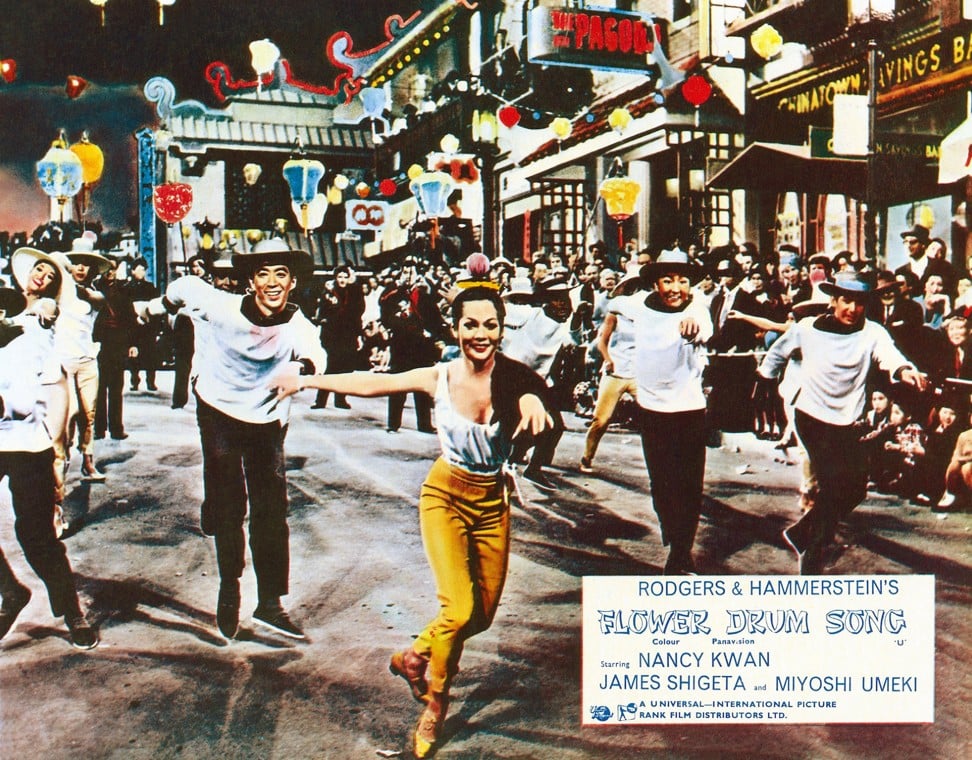
Want more stories like this? Sign up here. Follow STYLE on Facebook, Instagram, YouTube and Twitter .

As movie stars like Brad Pitt and Parasite director Bong Joon-ho celebrate their recent Oscar wins, let’s not forget Anna May Wong, the first Chinese actress to wow Hollywood